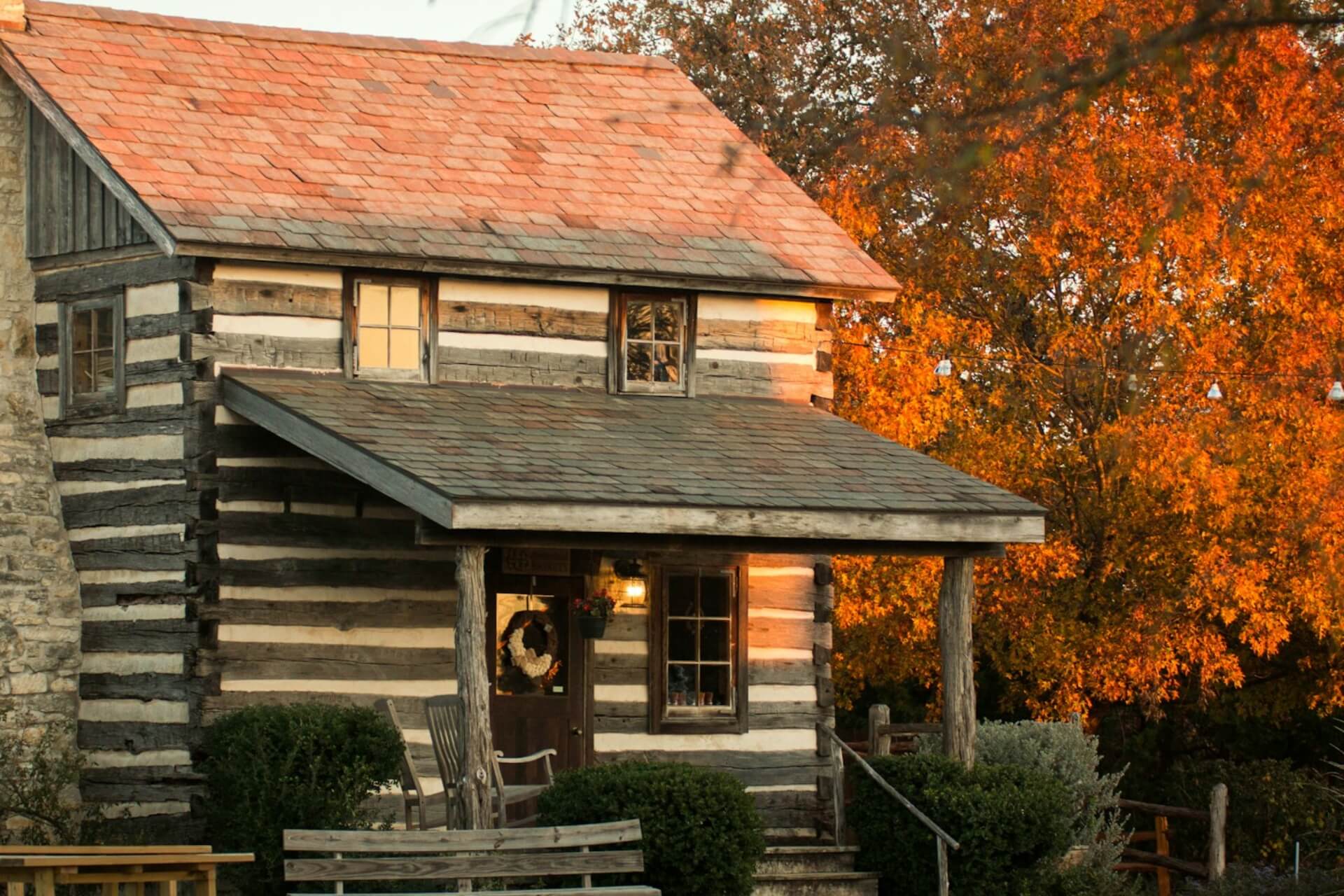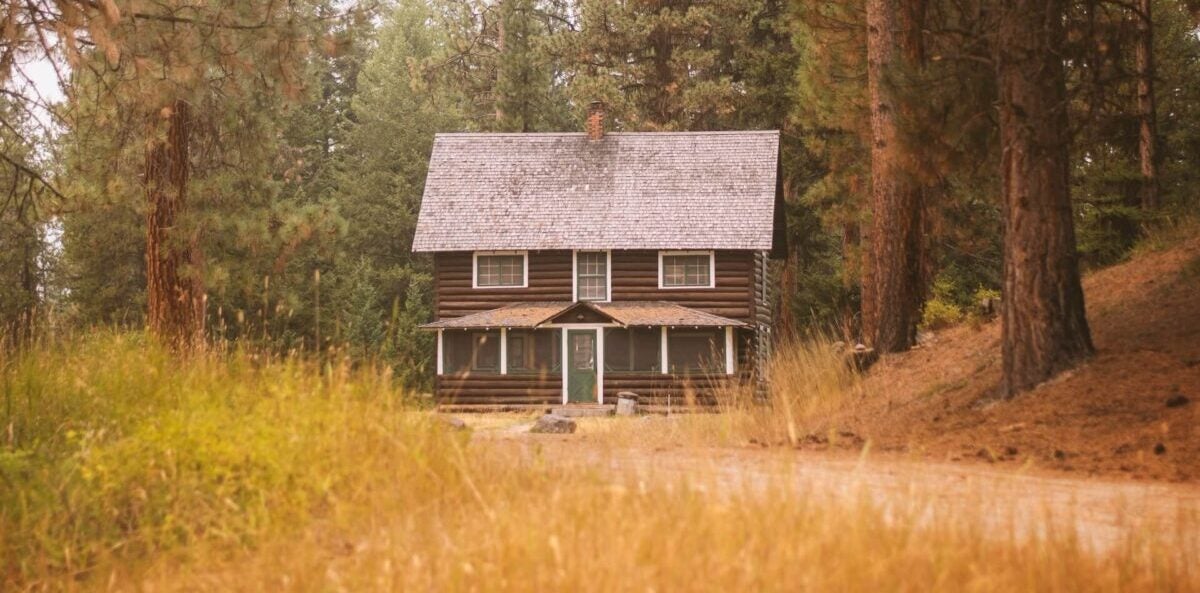Martin Banks 09.25.24

The charm of old homesteads is undeniable. From the character-rich woodwork to the timeless floor plans, these homes hold a certain magic. Above all, nothing beats the quiet satisfaction of owning a piece of history while living off the land. Along with the undeniable character comes a unique set of quirks that can test the patience of even the most enthusiastic homesteader. From creaky floors to outdated plumbing, classic architecture often requires a bit of extra TLC to meet modern living standards.
1. Old Homesteads – Lack of Modern Conveniences
Homesteads built in the past years often lack features that make modern living easier, like built-in appliances, recessed lighting, central air conditioning and even abundant electrical outlets.
To upgrade the property, assess your needs and consult a certified electrician to explore options. If you’re into contemporary conveniences, opt for energy-efficient smart home technology to maintain a low carbon impact on the environment. These systems allow you to control lights, locks, appliances, entertainment, thermostats and much more from one physical or virtual hub, modernizing even the most rustic of buildings.
2. Old Homesteads – Creaky Floors
You know the sound — that telltale creak as you tiptoe across the living room, hoping not to wake the entire household. Creaky floorboards are a classic old home quirk, especially in rooms with hardwood or original wooden planks.
Over time, the wood expands, contracts and loosens from its fastenings. You hear those familiar squeaks when the loose boards rub against each other.
To fix it, start by walking across the floor to identify where the creaks are coming from. Apply cornstarch, talcum powder or powdered graphite between the boards to reduce friction and silence the noise.
For more persistent creaks, drive nails or drywall screws through the subfloor and into the joist to secure the floor more tightly. Be careful to avoid damaging the surface, and consider using finish nails for a less noticeable fix.
While you’re at it, check if the floor is even. Walking across an uneven surface in vintage structures can feel like navigating a gentle wave. While charming at first, this quirk can become a real nuisance — and potential hazard — over time.
The solution depends on the cause. Minor unevenness can be addressed by shimming under floor joists. More severe cases might require you to sister new joists alongside the old ones or, in extreme cases, re-level the entire foundation.
3. Old Homesteads – Stubborn Doors
Doors that stick, swing open on their own or refuse to latch properly are a common downside of older homesteads where settling and humidity have taken their toll.
To fix stubborn doors, start by tightening the hinge screws and adjusting the strike plate. You might have to plane the edge if the door is warped. A ball or magnetic catch can work wonders on those that won’t stay closed.
Don’t forget the garage doors. Most homesteads feature detached garages that may not be near the home, but the rhythmic groan of a malfunctioning door can still be a nuisance for family members.
Here’s how to fix a noisy garage door:
- Tighten all nuts and bolts on the door and track.
- Lubricate the moving parts regularly by applying a silicone-based lubricant to your garage door’s rollers, tracks and hinges. This minimizes the friction that instigates wear and tear.
- Inspect and replace worn components. Rollers and hinges can wear down, causing noise and inefficiency. If the noise continues, consider replacing metal rollers with nylon ones, which operate more quietly.
- Consider a replacement if your garage door is old and noisy. Look for energy-efficient models with in-built noise reduction features for a long-term solution.
4. Old Homesteads – Outdated Utility Systems
Most older homes have outdated utility systems. Over time, electrical, plumbing and heating fixtures can become inefficient, unsafe or simply not up to modern standards. Updating and bringing these systems up to code often comes with significant investment, but the benefits in terms of safety, energy efficiency and comfort are well worth it.
Electrical systems may have unsafe wiring or insufficient outlets, while old plumbing is prone to leaks, low-pressure issues and clogs. Heating systems, like cast iron radiators or boilers, can become inefficient, leaving parts of the home uncomfortable.
To upgrade your utilities, consider the following:
- Upgrade wiring and add outlets with the help of a licensed electrician.
- Replace old pipes with those made from noncorrosive material, such as copper or PEX, for better water flow.
- Install a modern heating system or enhance existing ones with smart thermostats and maintain them regularly to retain performance.
5. Old Homesteads – The Maze of Oddly Placed Rooms
Homesteads built in a bygone era often have floor plans that don’t quite align with contemporary sensibilities. Rooms might be oddly proportioned, have unusual access points, or lack dedicated functionalities like closets or pantries. Your best solution may be to embrace the unique layout.
When dealing with oddly proportioned rooms, opt for creative furniture placement and multifunctional pieces. Invest in built-in shelving or create designated storage areas to maximize space, and consider installing pocket doors as a space-saving solution for unusual entryways.


Transform Those Quirks Into Functional Charm
Living with history comes with its share of quirks. Still, with a combination of DIY know-how and professional expertise, you can transform these annoyances into endearing features of your charming homestead.
The key is to approach each issue with patience and an appreciation for the home’s history. Thoughtfully updating these vintage properties will help you create a living space that honors its past while meeting the needs of modern life.
Remember, these very quirks often give old homes their unique character — the goal is to manage them, not necessarily eliminate them. Consider restoration whenever possible, and choose upgrades that complement the existing style.
